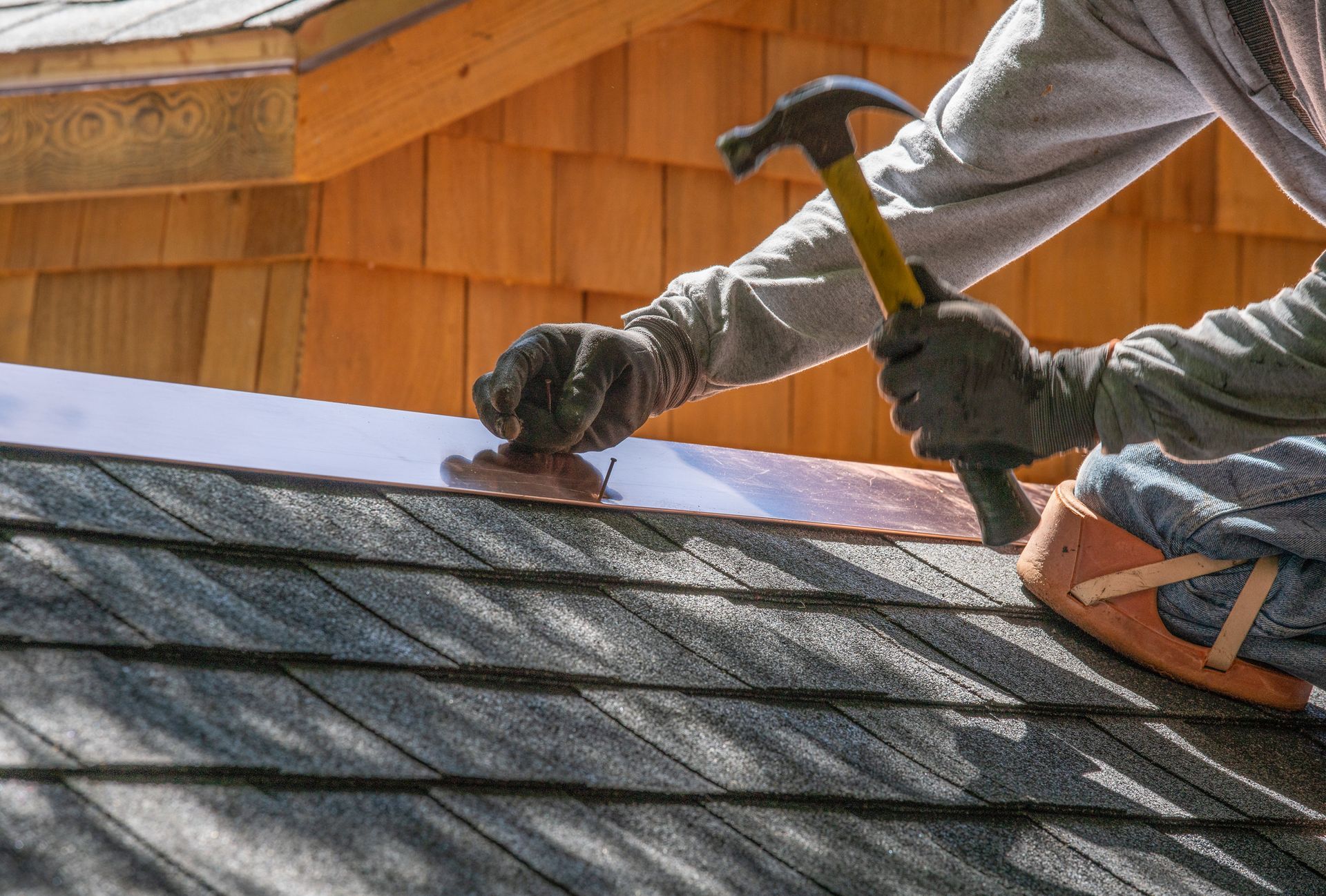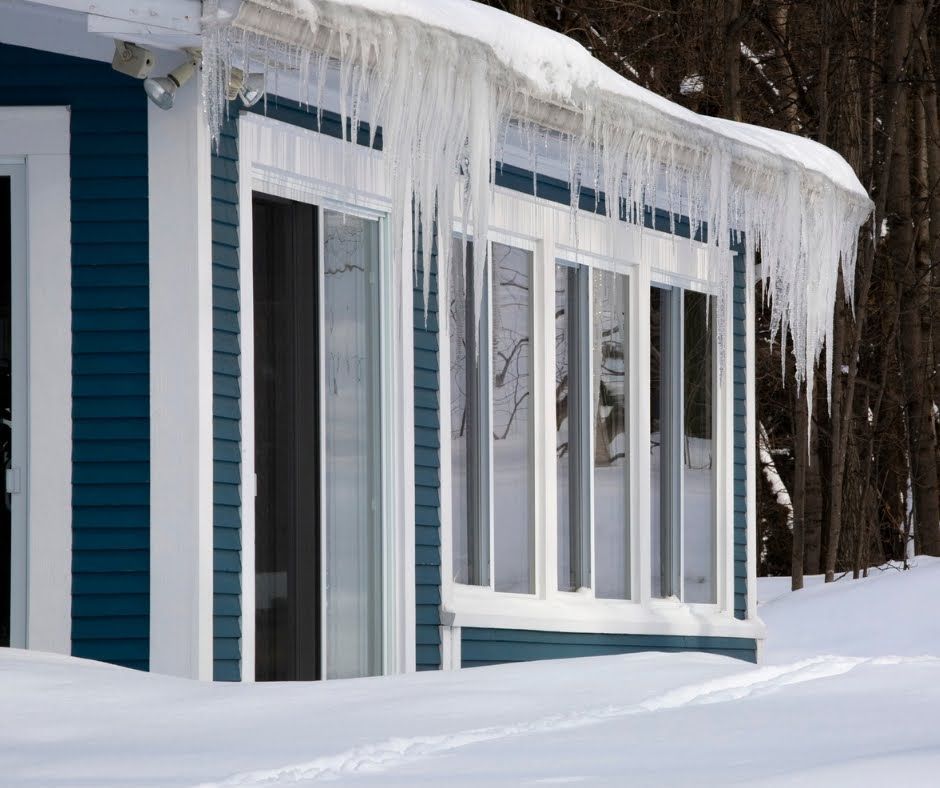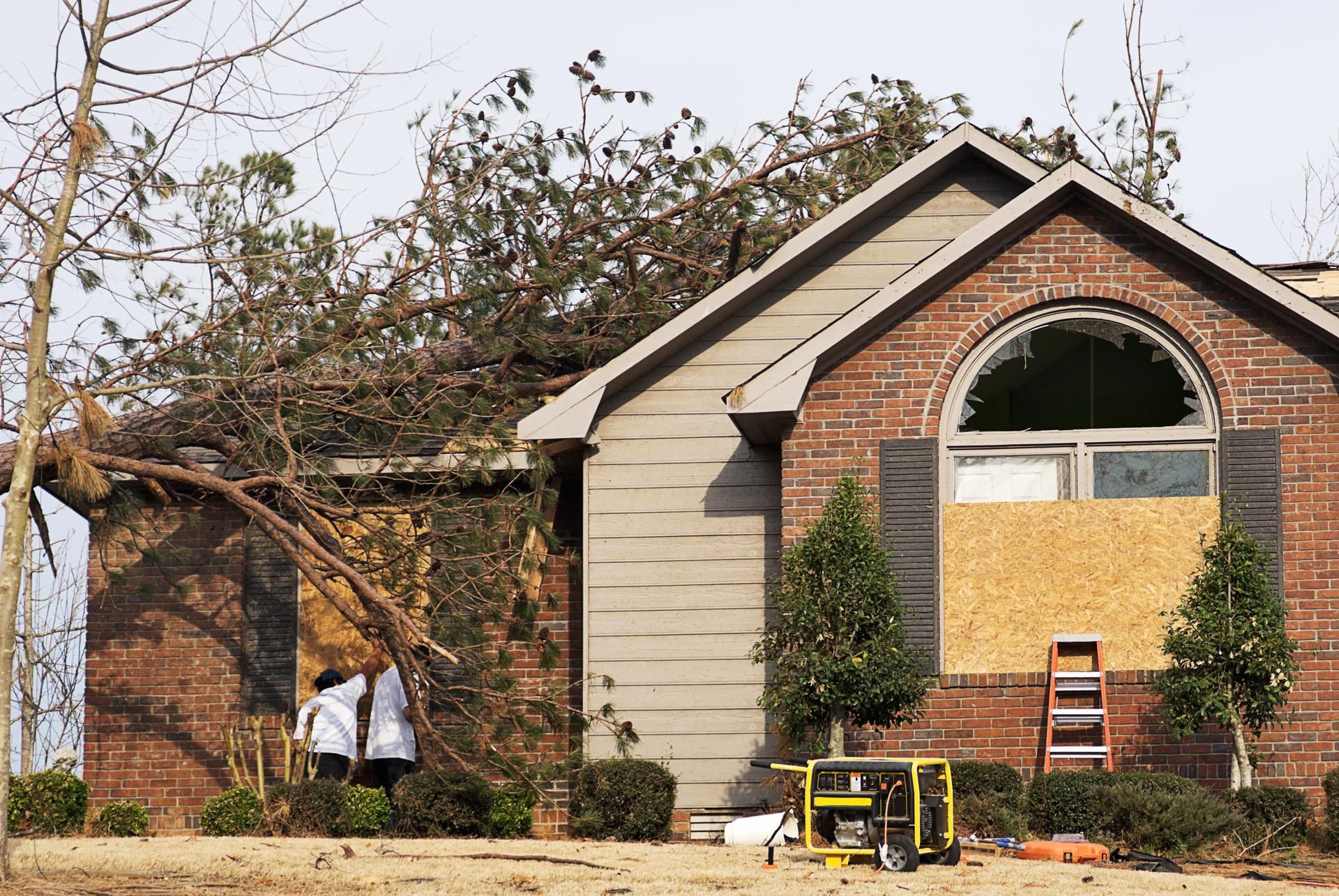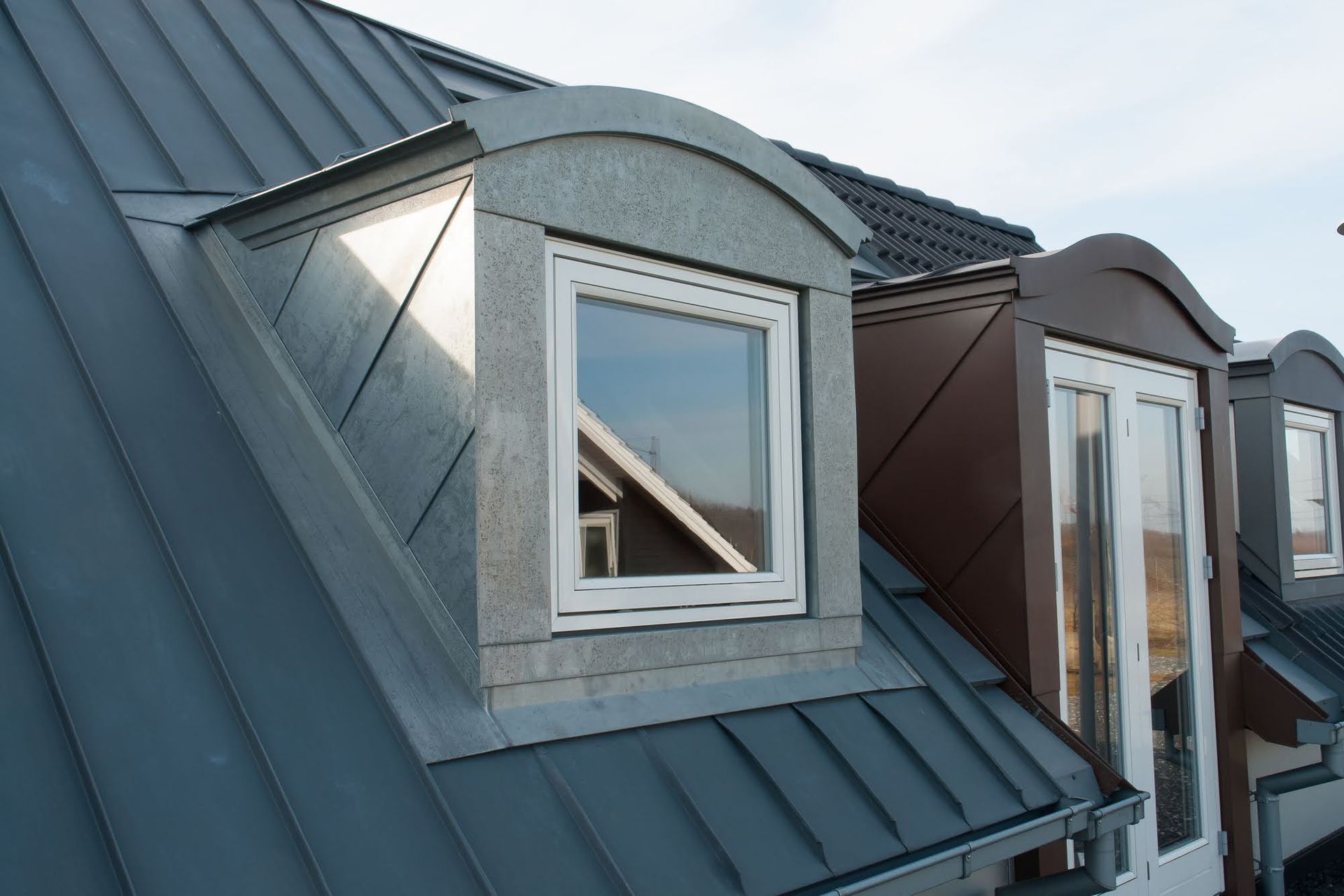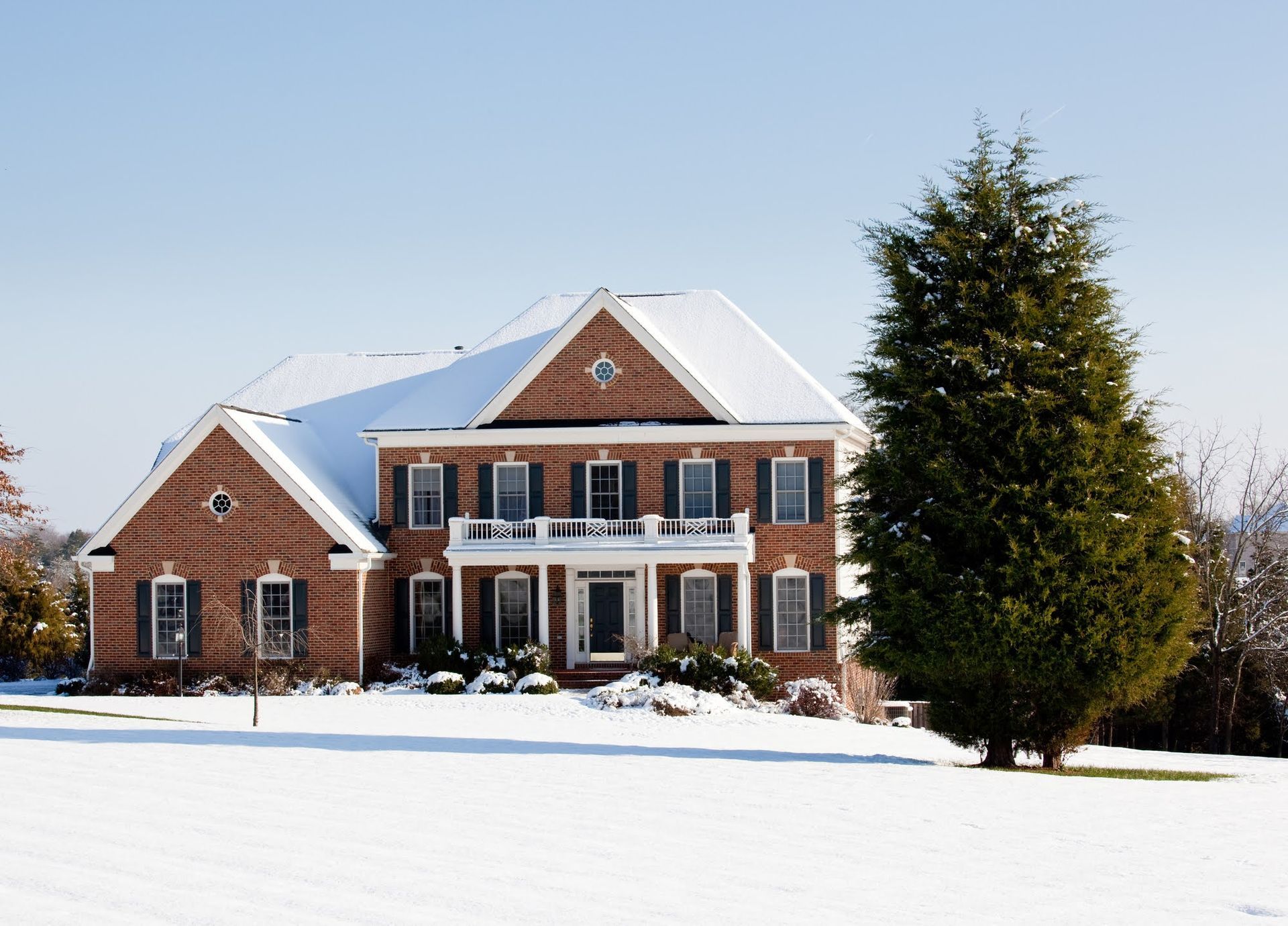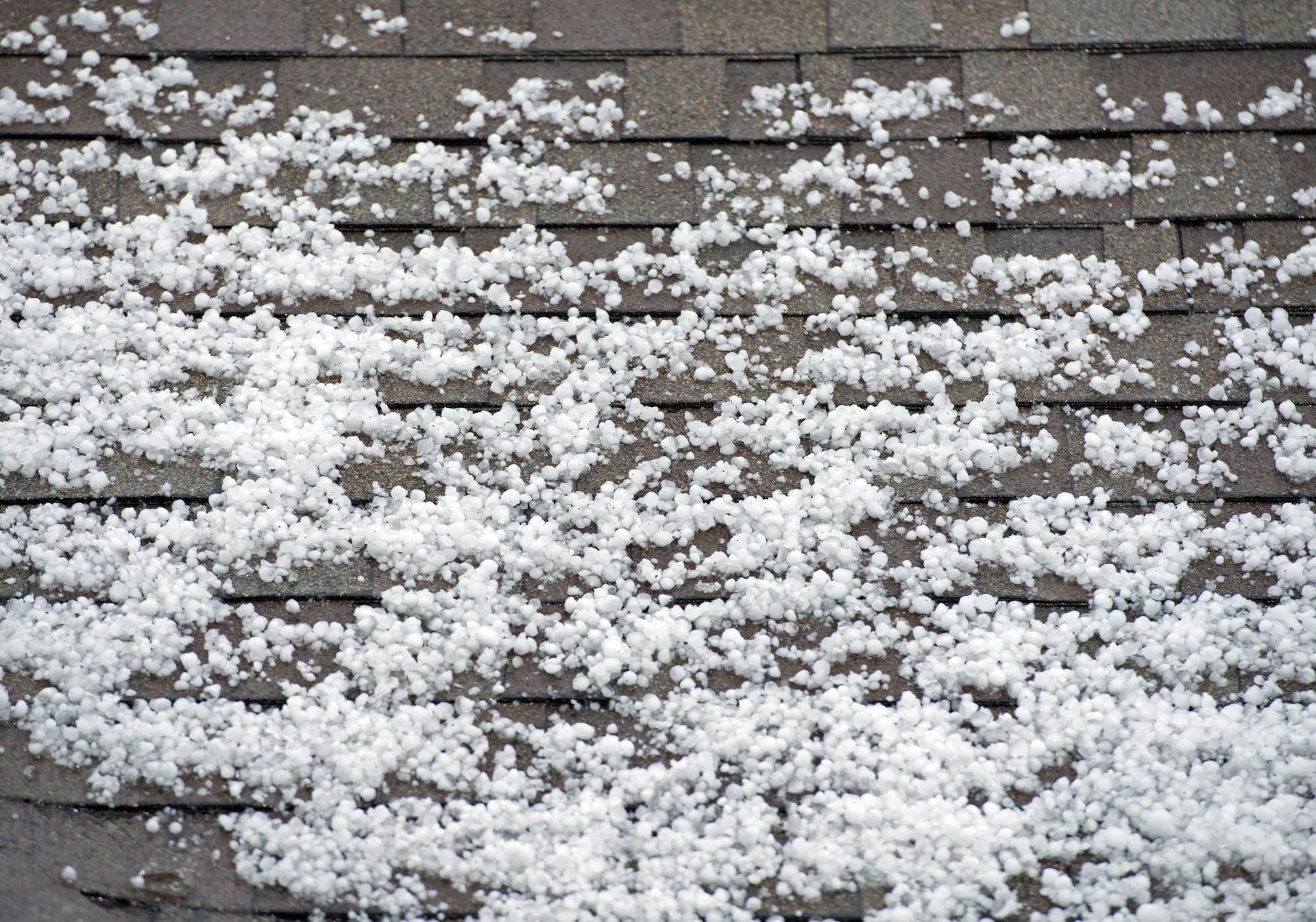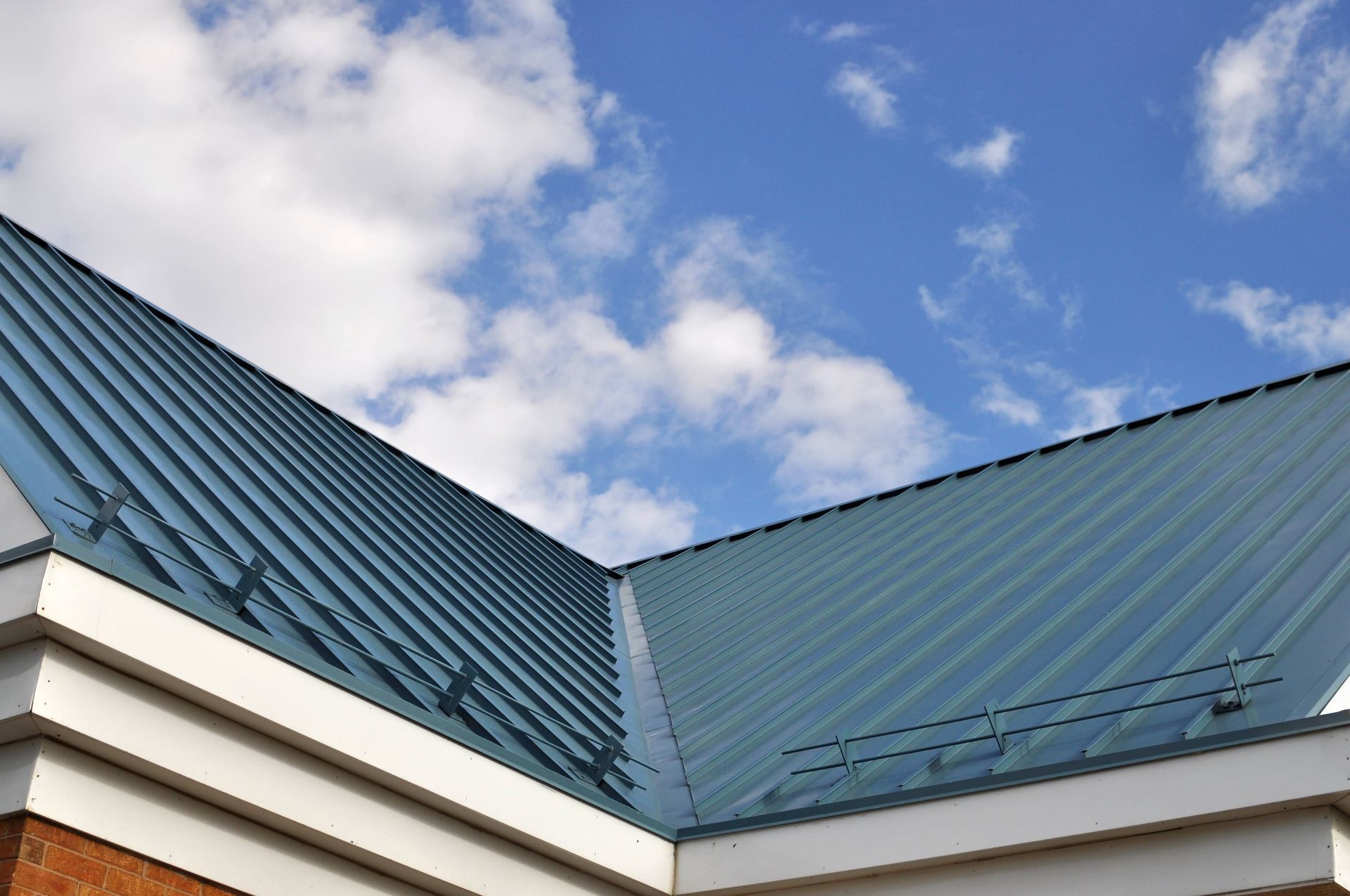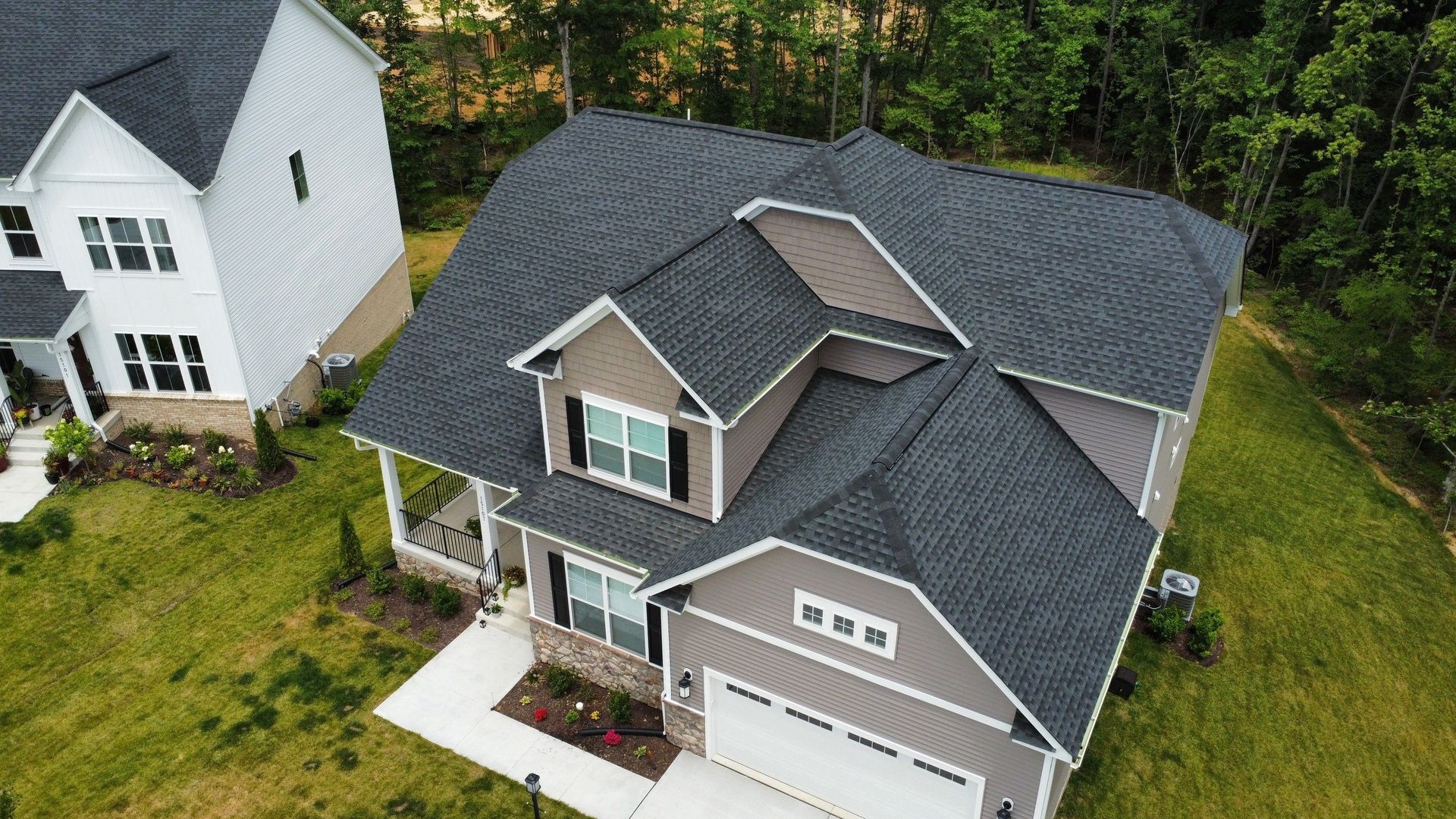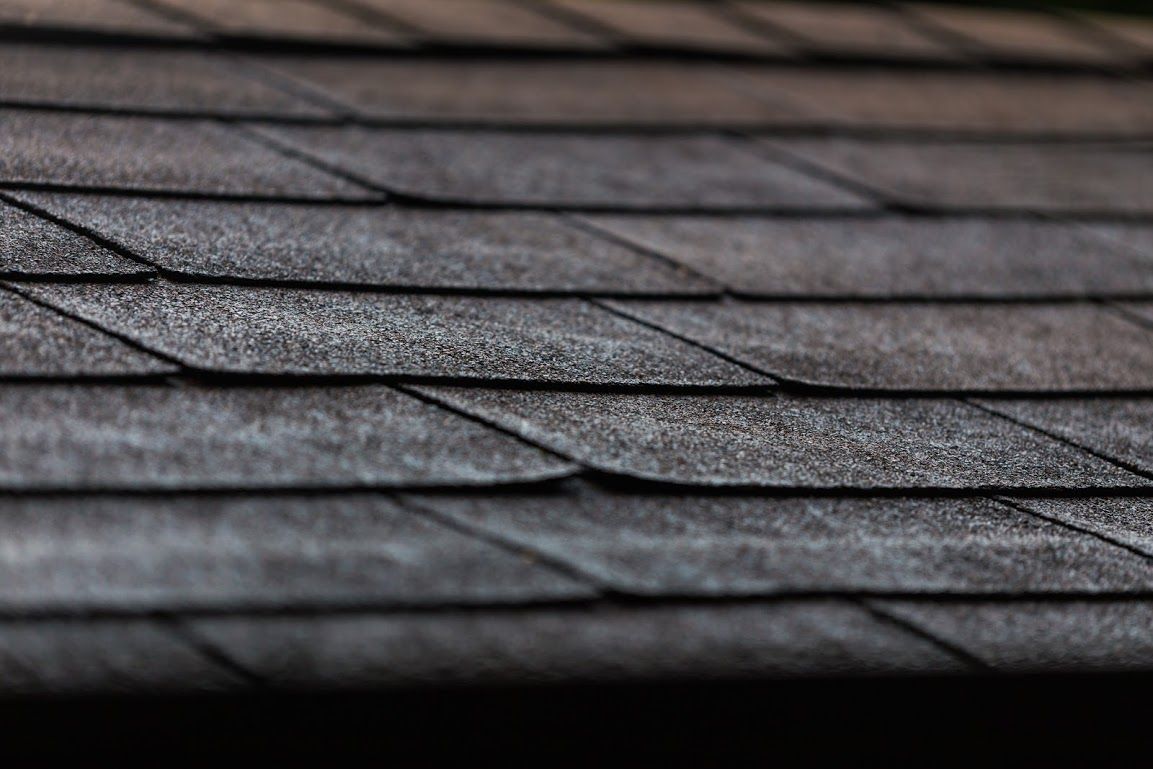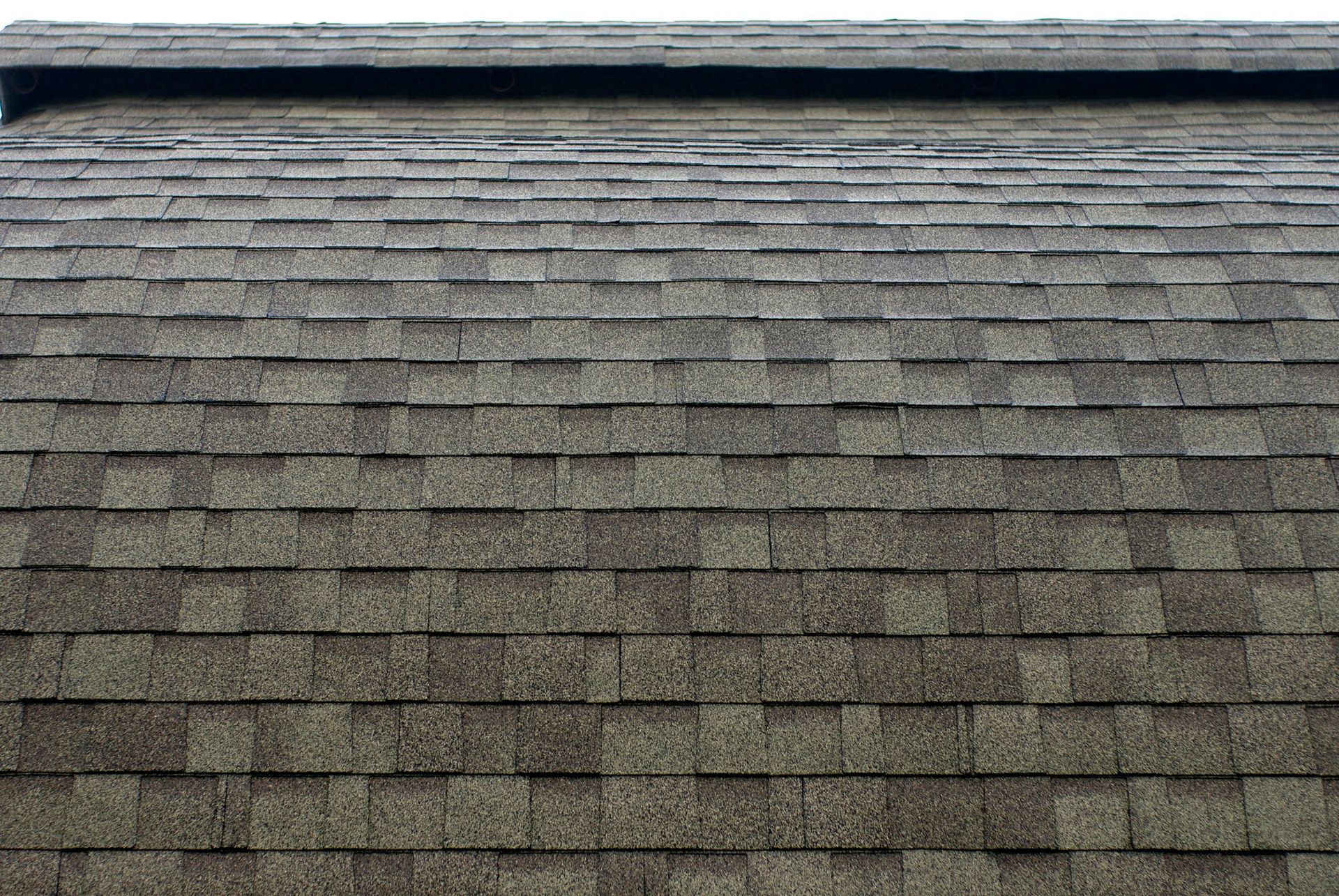How Winter Weather Can Damage Your Roof
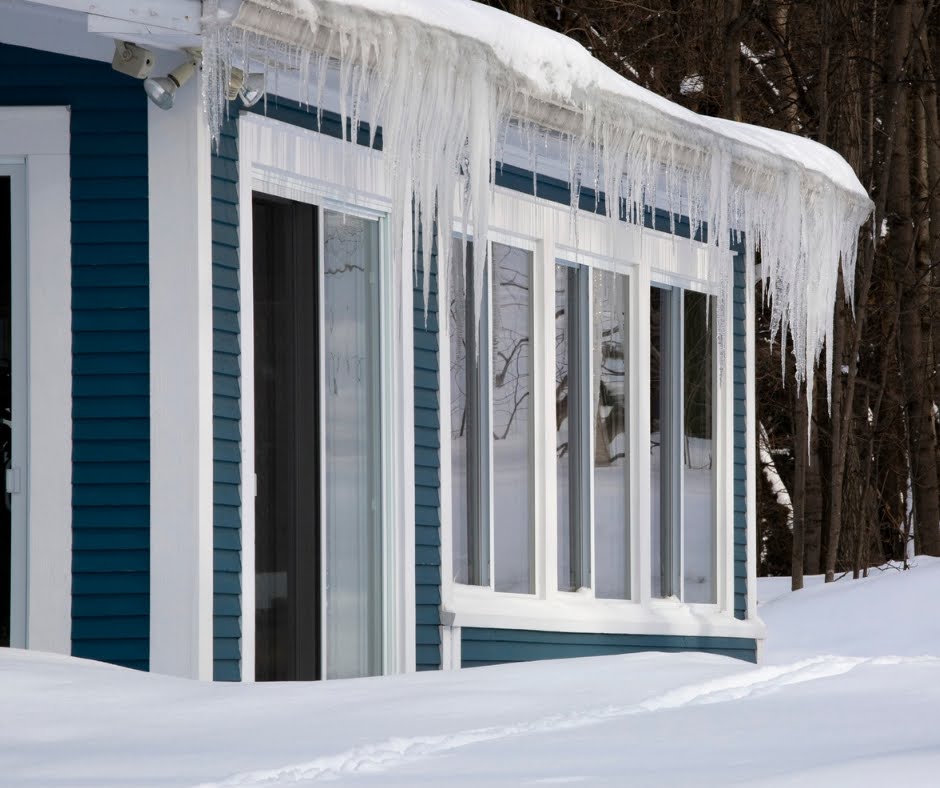
Winter can be a beautiful time of year, with snow-covered landscapes and cozy evenings by the fire. But for homeowners, winter can also bring a host of potential problems, including damage to your roof. You can take steps to prevent winter damage on your roof if you understand how it affects it. Read on to learn how winter weather can damage your roof.
Snow
The winter season brings with it a considerable amount of snow, which accumulates on roofs as well. While a little snow will not cause any damage, too much can strain the underlying structure and components that support the roof. Therefore, you will need to rake your roof frequently to prevent this build-up and avoid any structural damage to your roof.
Hail
The size of hailstones can determine the damage to your roof. Small hailstones will cause concentrated damage to the point of impact, while larger hailstones can cause extensive damage. This damage could include dislodging shingles, breaking roof components, denting, and peeling shingles. You need to have an expert assess the extent of damage at the end of the winter season and repair or replace any affected parts.
Icicles and Ice Dams
Icicles and ice dams may appear harmless, but they can cause significant damage to your roof. Icicles form near the edge, which can allow water to seep under shingles, causing damage to the roof components underneath. Furthermore, the weight of the icicles can strain gutters and make them crack or break away from the roof structure.
Ice dams can clog gutters, preventing melted water from flowing to the ground, and this water can damage the roof. To prevent damage, clear your gutters of any debris and add a de-icing agent to your roof and gutters.
Strong Winds
Strong winds might accompany heavy snowstorms and hailstorms, which can cause damage to a roof. These winds can peel off roof components such as shingles and flashing, which will expose the underlying layer to water damage from the snow and ice.
If your area experiences high winds during the winter season, then you need to have a professional inspect your roof for any damage. The inspection will make sure that your roof is in good condition and will help you understand how to restore your roof if it is damaged extensively.
Condensation
The difference in temperature between the attic and outside can lead to condensation, which occurs when the warm air inside the attic mixes with the cold air from outside. This interaction causes the moisture in the air to cool and settle in the attic, which creates an environment that is ideal for mold growth.
You need to properly seal any gaps that could allow air to enter the attic, which will minimize the chances of condensation. Additionally, an attic ventilation system can help regulate the temperature and humidity levels within the attic. The ventilation can prevent mold growth and other damage to the roof components due to high moisture levels.
Snow Piled on Tree Branches
Tree limbs and branches near your house are a potential hazard to your roof. When ice forms on these limbs, the limbs and branches can cause them to break off and fall on your house. Similarly, snow will increase the weight on these branches. This pile-up can cause branches to fall and damage roof shingles or even break a significant section of your roof. You need to trim these branches before winter.
Most of these issues can permanently damage your roof beyond repair. You can contact us at CB Chandler Roofing for roof replacements. We serve properties located within Virginia.


